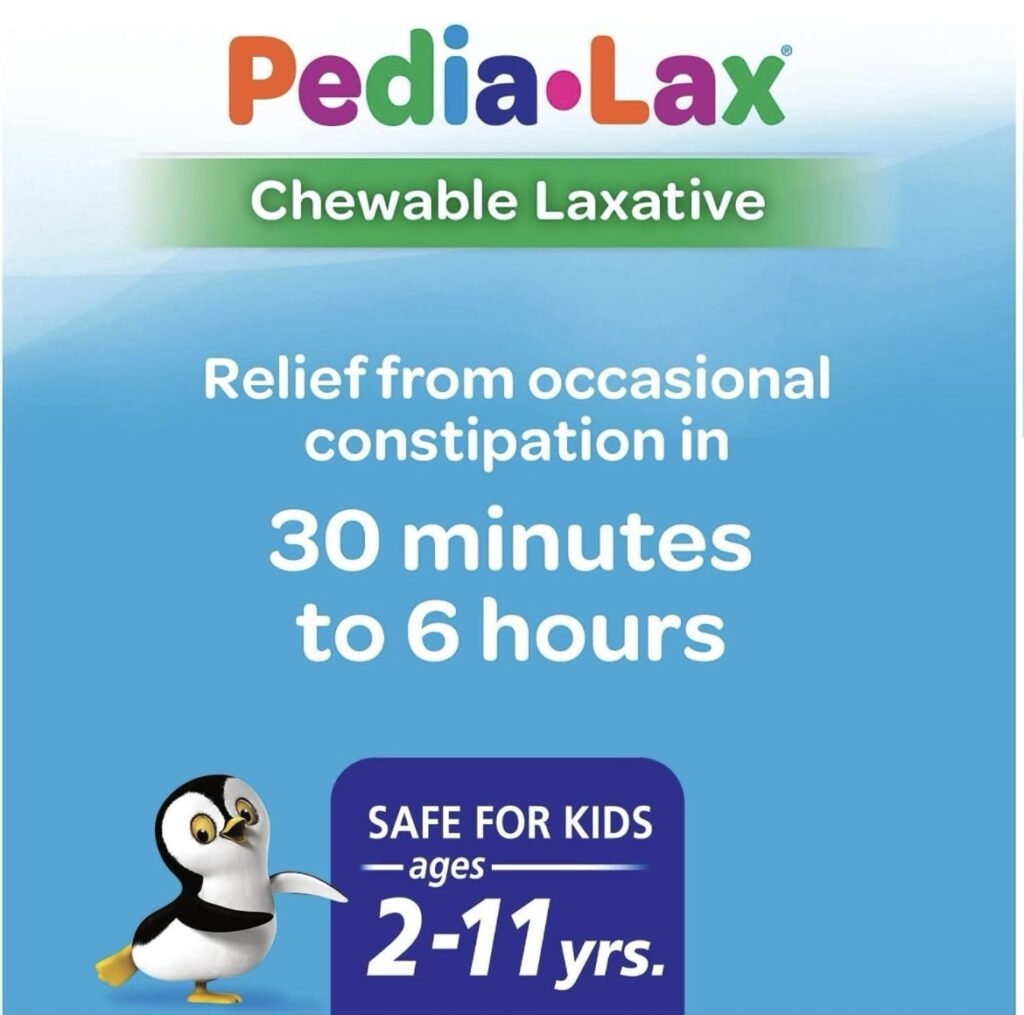Have you ever noticed a change in the color of your poop after consuming certain foods or drinks? Food coloring can actually have an impact on the color of your stool. It may seem strange, but it’s a common occurrence that many people experience.
Food coloring is often used in a variety of processed foods and beverages to enhance their appearance. While it may make your food look more appealing, it can also affect the color of your poop when consumed in large quantities.
How Food Coloring Changes Poop Color
When you consume foods or drinks that contain artificial food coloring, such as red, blue, or green dyes, these colors can pass through your digestive system and change the color of your stool. For example, consuming a large amount of foods with red dye may result in pink or red-colored poop.
Similarly, consuming foods with blue or green food coloring can cause your poop to take on a greenish hue. While this color change is usually harmless and temporary, it can be alarming for some people if they are not aware of the connection between food coloring and poop color.
It’s important to note that while food coloring can affect the color of your stool, it is typically not a cause for concern. However, if you notice persistent changes in the color of your poop or experience other symptoms such as stomach pain or diarrhea, it’s best to consult a healthcare professional for further evaluation.
In conclusion, the color of your poop can be influenced by the foods and drinks you consume, particularly those containing artificial food coloring. While it may seem strange, it’s a normal reaction and usually nothing to worry about. Just be mindful of your diet and pay attention to any changes in your stool color to ensure your digestive health remains in check.
Next time you notice a change in the color of your poop, consider what you’ve been eating and whether any food coloring could be the culprit. Remember, what goes in must come out, and that includes the effects of food coloring on your poop!
